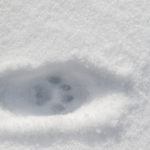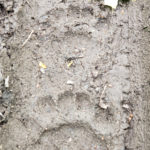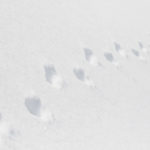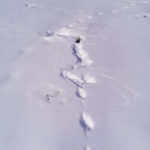
- This event has passed.
Winter Wildlife Tracking Institute with Dave Muska and Jonathan Shapiro
January 22, 2022 @ 9:00 AM - 4:00 PM
$285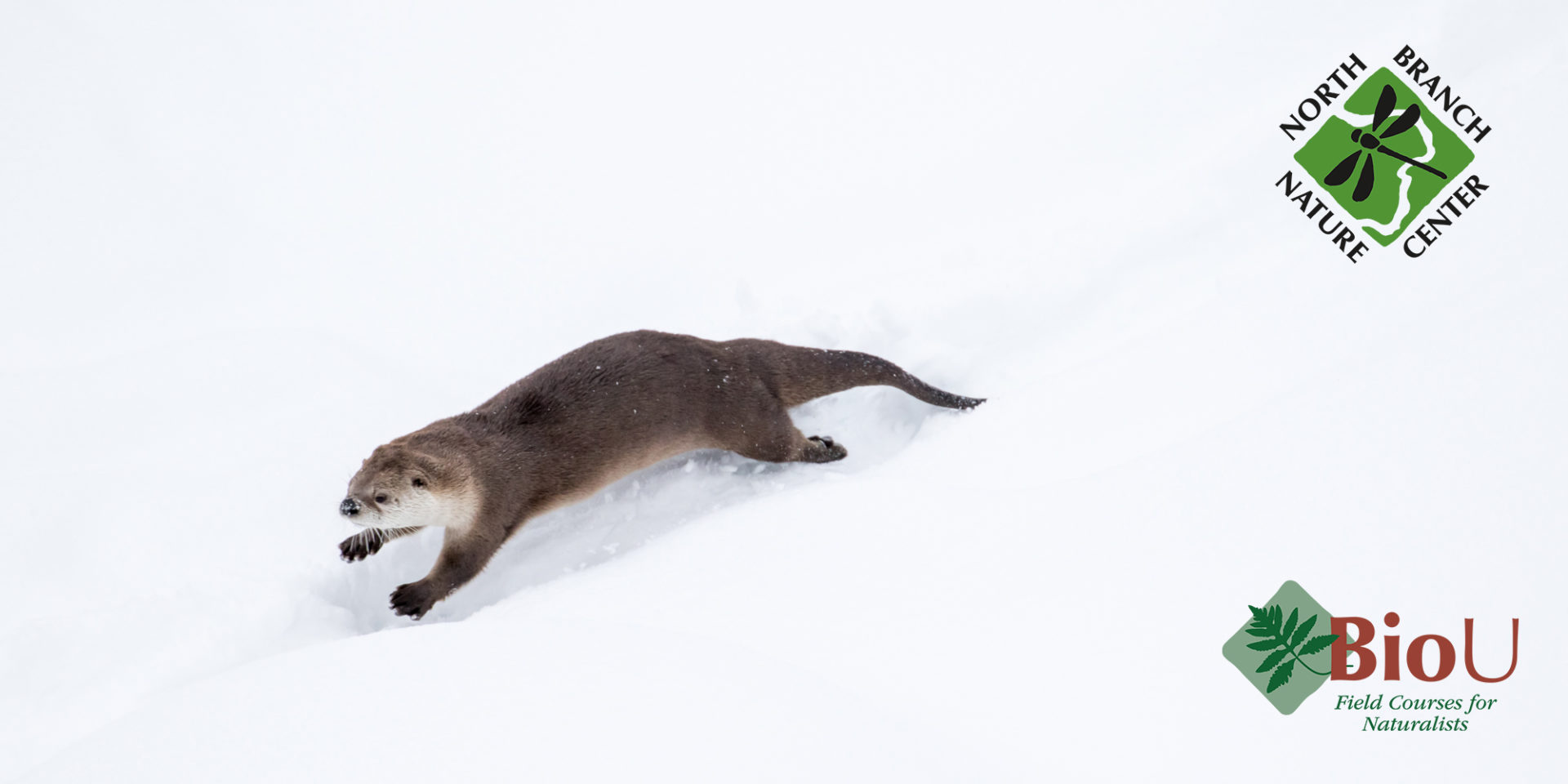
Instructed by Jonathan Shapiro and Dave Muska
In-person sessions: Jan 22, Feb 26, Mar 26 | 9 am – 4 pm
(in-person sessions may be rescheduled to the following day in case of poor weather)
Virtual sessions: Feb 9, March 9 | 6 – 7:15 pm
$285 | Financial aid available – inquire here
Group Size: 16 max | Ages: 16 and up
Register Here
Join naturalist trackers Jonathan Shapiro of Fox Paw School and Dave Muska of North Branch Nature Center for a three-month wildlife tracking immersion! Participants will grow their tracking and trailing skills through expert field instruction and independent study in a shared community of practice. Students will leave with a richer understanding of our local wildlife and deepened skills in identifying and interpreting animal tracks and trails.
This winter-long tracking intensive in Central Vermont will meet in-person monthly for full-day field sessions in January, February, and March, plus additional virtual gatherings between field days. Field days may include short, socially-distanced indoor classroom sessions to review technical materials and examine specimens.
Topics of study include: North Woods winter ecology and life histories of our animal residents; clear animal print identification; animal anatomy and body mechanics; animal gaits and track patterns; track journaling; routines to grow your tracking skillset; and practices to continue your personal growth as a tracker throughout the seasons.
COVID-19 expectations: Masks will be required indoors. This program involves indoor sessions in a well-ventilated classroom that has a dedicated air purifier. Please see our COVID-19 page for our most recent policies and protocols.
Continuing Education and Professional Development: This course qualifies for 32 hours of Professional Development credit and/or CEUs. Certificates available upon request.
About the Instructors
Jonathan Shapiro: Fox Paw School
“I’ve been learning from the natural world for the better part of two decades. After growing up in New England, I spent my early adulthood wandering the US southwest, always with a field guide in my backpack, searching to make connection to the landscape by learning about the non-human beings who lived there. After a decade of exploration, I moved to Central Vermont, a couple hours north of my childhood home. Since then, I’ve focused intently on building a mutualistic relationship with the natural world, primarily through tracking, hunting, and studying the landscape. I also have a deep passion for making traditional crafts with wild-harvested materials. I hold a Cybertracker Level III certification in Track and Sign.”
Dave Muska: NBNC and Ondatra Adventures
“I am a licensed NYS Wilderness Guide and Wilderness Skills Instructor with over 20 years of backcountry experience. I work as a Wilderness Skills Instructor with youth and adults in the world of primitive skills and nature connection with organizations such as Hawk Circle Earth Mentoring Institute, Primitive Pursuits, Earth Arts, North Branch Nature Center, and Lime Hollow Nature Center. I received a Bachelor’s of Science at SUNY College of Environmental Science and Forestry, studied freshwater turtle populations in the upper Hudson River of New York, worked as a Desert Tortoise Biologist in the Mojave Desert, and studied the symbiotic relationships between fungi and plants (mycorrhizal ecology) in the Northeast. My connection to the natural world, to the earth, and its inhabitants has been and continues to be the greatest of gifts.”
REGISTER HERE
Course Schedule and Syllabus
Unit 1: The Wildlife: In this unit we will discuss the winter ecology of the North Woods and what role landscape and habitat have on wildlife presence and activity. We’ll ask the question, ‘Who’s here?’ to determine the possibilities of track and sign we may encounter in our exploration along with the fundamentals of clear print identification. Finally we’ll turn our attention to the ‘process’ of tracking and how we can utilize this process for accuracy and deeper questioning.
Unit 2: Animal Gaits & Movement: Understanding how animals move (their gaits) is essential for reading their behavior from a trail. After introducing some key biomechanical concepts in the classroom, we’ll head out into the field to search for examples of what we’ve talked about. When we find them, we’ll interpret the tracks we see in order to come up with hypotheses of animal behavior.
Unit 3: Vertebrate Anatomy & Function: An animal’s anatomy and body plan are intimately linked to how it survives out on the landscape. Our final session will focus on the morphological adaptations that allow animals to inhabit their ecological niches. To put this another way, why is a coyote’s foot shaped the way that it is, and what does that have to do with how it hunts and travels? We’ll talk technical details in the classroom, and our field time will focus on track interpretation and concept review.
